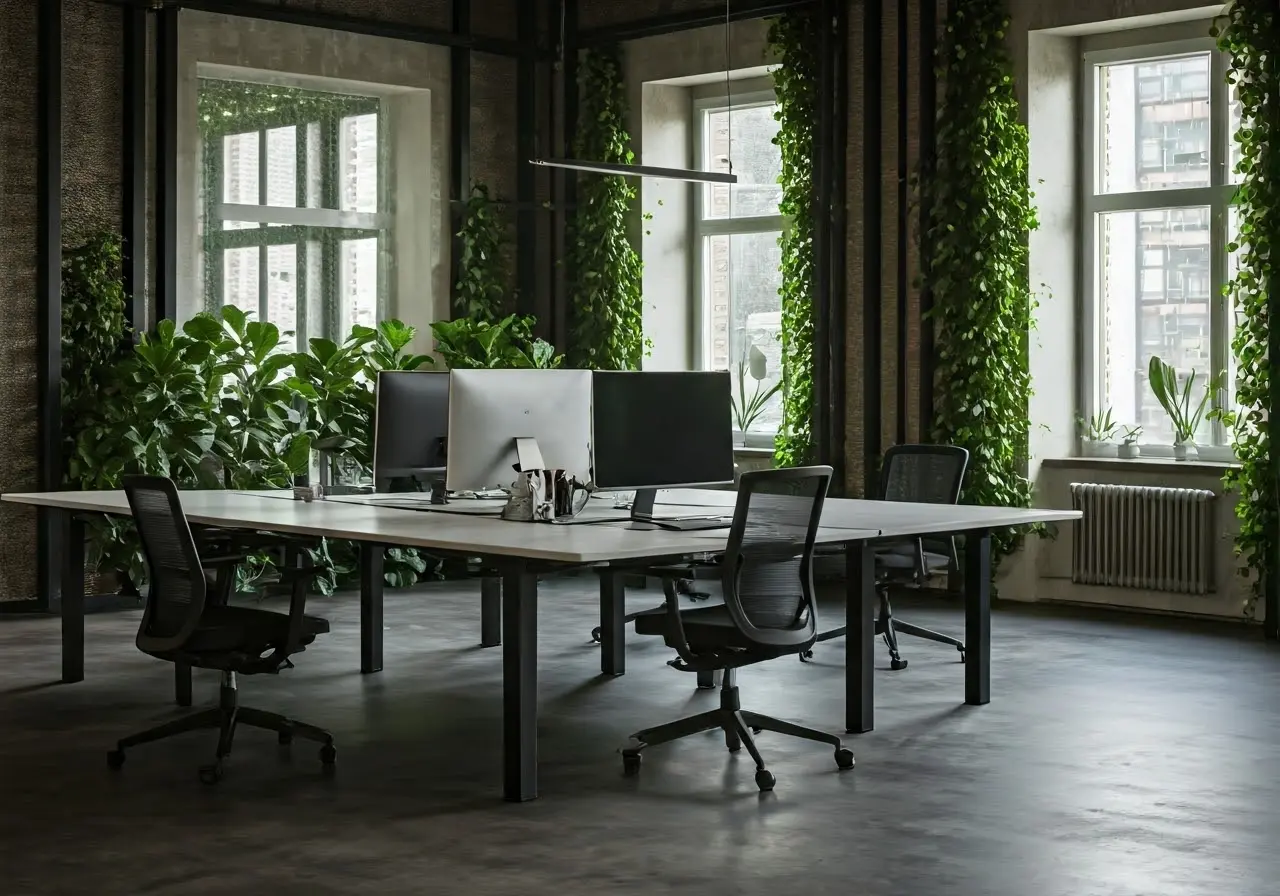Tips for Efficient Office Space Planning with Adjustable Desks

In today’s evolving work environment, creating an efficient and adaptable office space is crucial. Adjustable desks are becoming increasingly popular for their versatility and ergonomic benefits. This blog explores practical tips for incorporating adjustable desks into your office space planning to boost productivity and comfort.
The Importance of Ergonomics in Office Design
Ergonomics plays a vital role in office space planning as it directly affects employee health and productivity. Adjustable desks provide the flexibility needed to accommodate various body types and preferences, reducing the risk of repetitive strain injuries. Implementing ergonomic solutions, like adjustable desks, transforms the workspace into a more user-centric environment that not only caters to comfort but also boosts efficiency. By enabling employees to alternate between sitting and standing positions, adjustable desks help prevent the adverse health effects associated with prolonged sitting, such as back pain, poor circulation, and fatigue.
Furthermore, these desks contribute to mental well-being by enhancing focus and energy levels throughout the workday. Studies have shown that movement is essential for cognitive function, and standing desk solutions can help break the cycle of sedentary behavior. Incorporating ergonomic tools like these into office layouts reinforces a company’s commitment to its employees’ health and well-being. In turn, this leads to higher morale and reduced absenteeism, benefiting the organization as a whole.
Maximizing Space with Adjustable Desks
Adjustable desks help maximize office space by allowing fluid transitions between sitting and standing positions. This flexibility can lead to better space management, ensuring that every square foot is utilized efficiently while maintaining an open, clutter-free environment. These desks are particularly beneficial in smaller offices, where space is often at a premium. By reducing the need for bulky furniture, adjustable desks free up floor area, enabling you to create multifunctional zones tailored for collaboration, focus, or relaxation.
In larger work environments, adjustable desks promote an adaptable floor plan that can easily accommodate diverse work tasks. They encourage movement and interaction, two elements critical for fostering creativity and teamwork. By devising an office layout that leverages the mobility of adjustable desks, organizations can ensure spaces that are not only functional but also inspiring. Furthermore, this allows businesses to pivot quickly to meet evolving needs, such as accommodating additional team members or reconfiguring the layout for specific projects.
Overall, the versatility of adjustable desks makes them an invaluable asset in modern office space planning. Whether in compact urban office settings or sprawling corporate campuses, these desks provide a foundation for efficient and dynamic work environments. Businesses can capitalize on this flexibility to optimize space allocation, support diverse work styles, and ultimately, enhance organizational productivity.
Personalizing Your Workspace
One of the advantages of adjustable desks is the potential for personalization, enabling employees to customize their workstations to suit their individual needs. This personalization can increase job satisfaction and productivity through enhanced comfort and engagement. Personal touches, such as photographs, plants, or small decorative items, can be seamlessly integrated into the workspace thanks to the adjustable design, creating an environment that reflects individual tastes and work styles.
Additionally, sharing control over workspace settings promotes a sense of ownership among employees, encouraging them to tailor their environment to optimize focus and efficiency. Allowing for this level of customization also facilitates ‘activity-based working,’ where individuals adapt their workstations to best support a variety of tasks, from concentrated solo work to collaborative projects. This adaptability not only enriches the employee experience but also empowers everyone to perform at their best.
Integrating Technology and Adjustable Desks
Technology integration is crucial in modern office planning. Adjustable desks can easily accommodate new tech accessories, such as monitor arms or cable management solutions, to create a seamless and efficient workspace that reduces distractions and promotes focus. These desks provide the flexibility needed to support multiple devices and setups, from dual monitor stands to docking stations, without compromising workspace aesthetics or functionality.
Incorporating smart technology with adjustable desks can elevate organization and ease of use within the office. For example, integrated charging ports, wireless speakers, and touch control panels enable smoother transitions between different work modes. This tech-forward approach not only streamlines workflow but also enhances employee satisfaction by facilitating simplified and efficient task management. Future-proofing your office setup with technology integration ensures that your workspace can adapt quickly to new digital advancements and evolving work requirements.
The Cost-Benefit Analysis of Adjustable Desks
While the initial investment in adjustable desks may seem significant, the long-term benefits, such as improved employee health and productivity, often outweigh the costs. This section explores the potential ROI and how adjustable desks can be a cost-effective addition to your office. By reducing health-related issues and increasing efficiency, these desks can lead to reduced healthcare costs and lower turnover rates.
In addition, the enhanced comfort and flexibility provided by adjustable desks can create a more attractive workplace for talent recruitment and retention. Employees often report higher job satisfaction in dynamic and health-conscious environments, contributing to a positive workplace culture. As such, investing in adjustable desks not only provides immediate ergonomic benefits but also fosters long-term organizational resilience and growth.
Creating a Dynamic Workspace for Success
Integrating adjustable desks into your office layout is a smart investment that enhances employee well-being and efficiency. By considering ergonomic principles, space optimization, and personal comfort, your office can become a dynamic and productive environment that adapts to changing needs.

